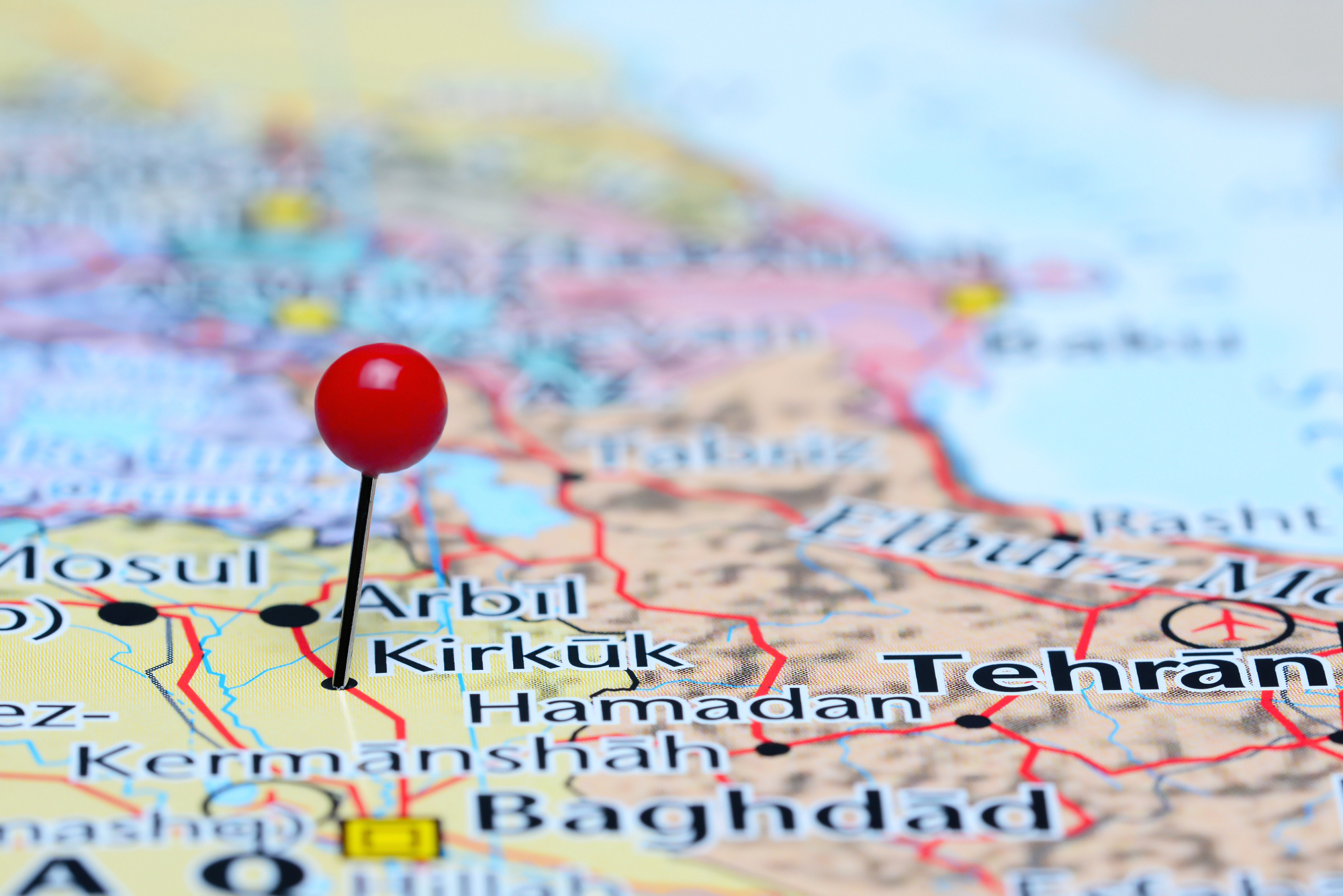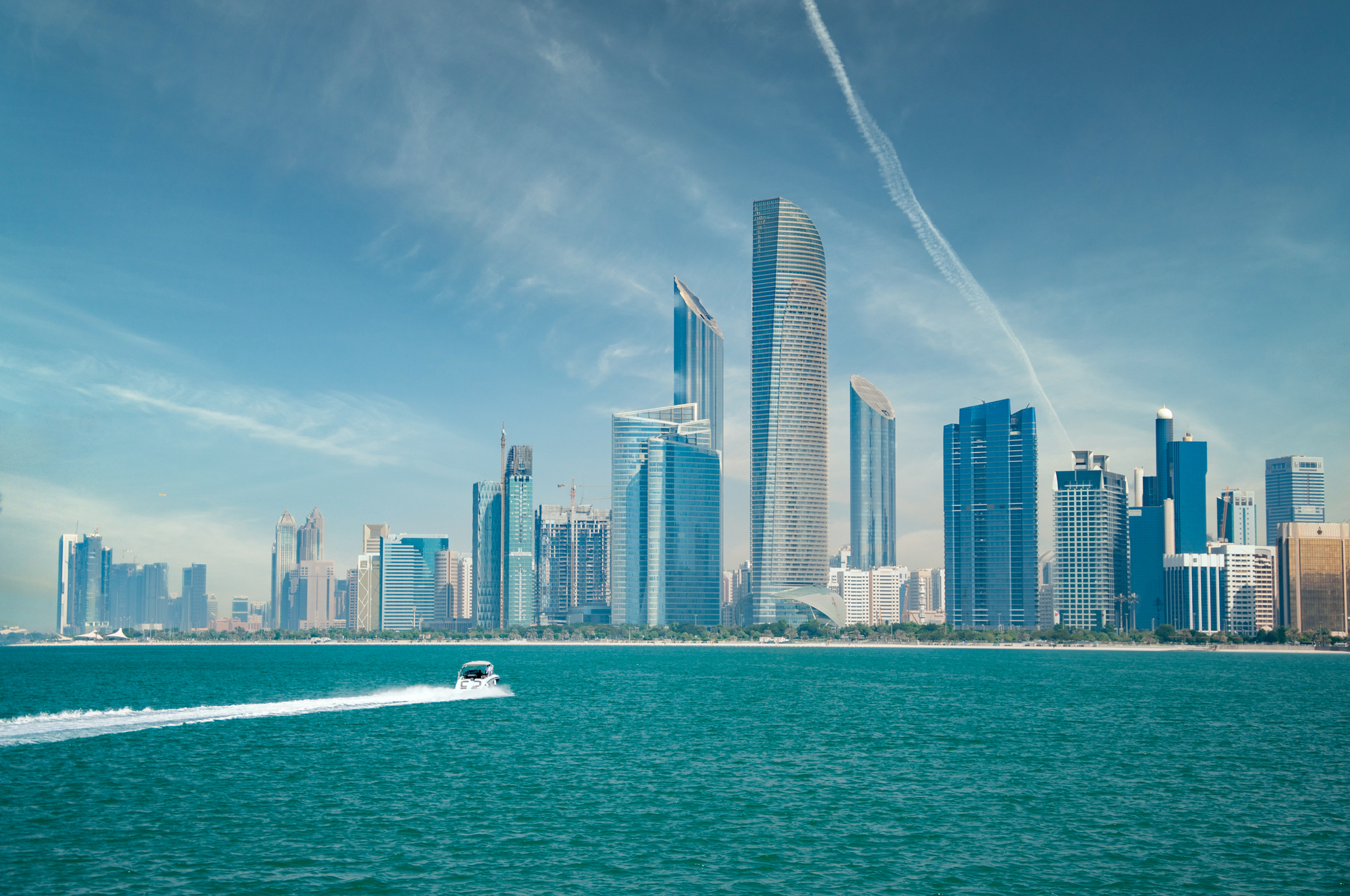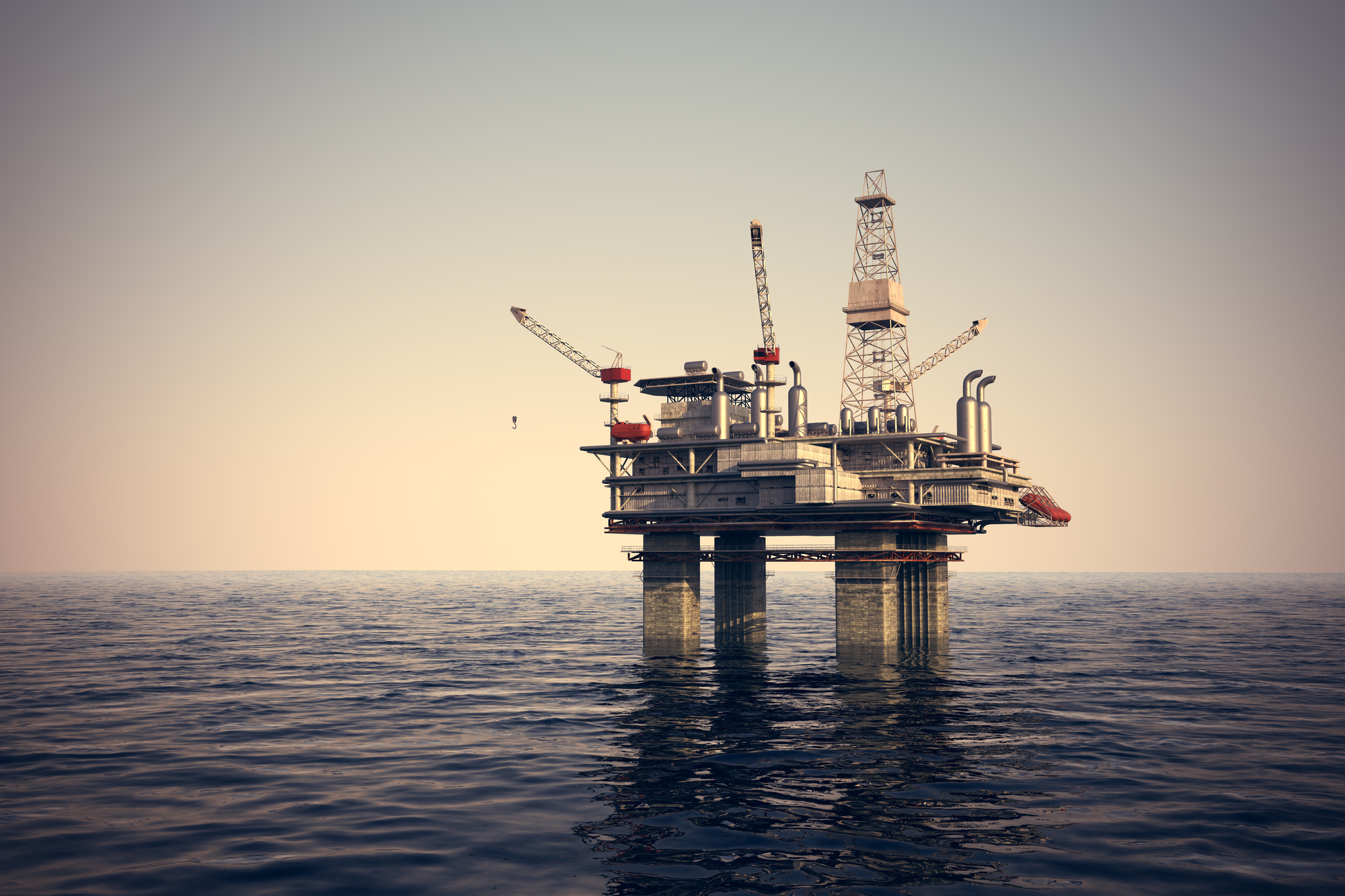Azeri Light Crude Oil: History, Production, and Price of Azerbaijan’s Crude Oil
Azerbaijan has proven about 4 billion barrels of crude oil reserves, making it one of the region’s largest oil producers. However, the location and production capacity of this type of oil varies depending on its source.
Until recently, Azerbaijan was not a significant oil producer. However, the peak of gas production has been reached, and the country is now looking for alternative sources of revenue. In October 2010, SOCAR started to produce crude oil from its new oil field, Supsa, in western Azerbaijan.
The field is one of the largest in-situ accumulations of crude oil in the world, with proven reserves of up to 1 billion barrels. The name “Supsa” comes from an Azerbaijani word meaning “spring” or a natural source of water that remains liquid even when it’s cold outside.
Azerbaijan is a major oil and gas-producing country in the Caucasus region. Its proven oil reserves are the largest in the former Soviet Union.
Azerbaijan has large offshore, onshore, and small-field production. The country is one of the top 20 largest crude oil producers in the world, ranked 12th in 2015.
Azerbaijan’s Crude Oil Production
According to BP data, Azerbaijan’s proved oil reserves were 3.2 billion barrels (as of January 2008). Azerbaijan produced 865,000 b/d of crude in 2016, of which around 73% was exported while the remaining 27% was consumed domestically.
The country’s crude oil production peaked at 1.32 million b/d in the 1970s but declined by 95% during the 1990s as a result of armed conflict with Armenia over Nagorno-Karabakh and separatist wars with separatists in Nagorno-Karabakh and other regions.
In the late 2000s, production recovered to 0.6 million b/d thanks to recoveries from offshore fields.
The average daily production capacity is around 1 million b/d; however, it can be expanded up to 2 million b/d if required. Azerbaijan has a spare refining capacity of 900,000 b/d and an export pipeline capacity of 500,000 b/d for crude oil and condensate, respectively.
It also has a natural gas processing capacity of 300 billion cubic feet per day (Bcf/d).
Azeri Light (Supsa) Crude Oil Spec
Azeri Light crude oil is produced in Azerbaijan. This oil is mainly used for power generation, but it can also be used to produce petrochemicals. The Azeri Light crude oil is a light-colored crude oil with low sulfur content and high viscosity.
Azeri Light crude oil was discovered in the Caspian Sea and became available in the 1970s. The Azeri Light crude oil is mainly produced in Azerbaijan, but this type of crude oil is also found in other countries such as Kazakhstan, Russia, and Turkmenistan.
Azeri Light crude oil has an API gravity of between 16 and 17 degrees. It has a sulfur content of less than 0.1%. Azeri Light crude oil is mainly produced from Caspian Sea reserves that are located around the shoreline of the Caspian Sea.
The quality of the extracted petroleum varies depending on the depth at which it is being extracted, so this type of crude oil must be accompanied by additional refining processes. Azeri Light crude oil can be sold directly after extraction or after further processing, or it can be refined into products such as diesel fuel and gasoline.
Transportation of Azeri Light
The Supsa oil field is supplied by a branch of the Baku–Supsa Pipeline, which runs from Baku via the Absheron Peninsula to the Georgian border. The total length of the Baku-Supsa pipeline is 900 kilometers, and its capacity is 10 million tons of oil annually.
The pipeline is connected to the Baku-Tbilisi-Ceyhan Pipeline (BTC) at the Georgian border. The BTC is a crude oil pipeline that runs from the Turkish border to the Mediterranean Sea. Its length is 1,754 kilometers, and the capacity of the pipeline is 50 million tons of oil per year.
Azerbaijani oil is also exported via the Baku-Novorossiysk oil terminal and the Baku-Supsa oil terminal.
Production and Storage
The production of Azeri Light (Supsa) crude oil at the Supsa field started in October 2010. The field was discovered in 1988 and has been explored by BP and Socar since 1995.
It is estimated that the field has 1 billion barrels of recoverable crude oil. Supra’s average annual oil production is expected to reach 8 million barrels per year. The oil field is estimated to produce oil for 10-15 years. The oil production from the Supsa field is transported to the Baku-Supsa Pipeline.
It is expected to fill the pipeline with oil and extend to other Caspian Sea countries. The proven reserves of the oil field are expected to be mined in 5-10 years. After that, the production of oil will decline very quickly.
Owners of Supsa facilities
The owners and operators of the Supsa oil field and its facilities are as follows:
- Supsa field and the Baku-Supsa Pipeline is SOCAR;
- Baku-Supsa Pipeline is BP;
- Baku-Supsa oil terminal is SOCAR;
- Baku-Supsa oil terminal is WAZ-Transportation Company;
- Baku-Supsa Pipeline oil terminal is BP;
- Baku-Novorossiysk oil terminal is SOCAR;
- Supsa Oil Storage Facilities is SOCAR;
- Baku-Ceyhan Pipeline is BTC Company.
Published Price of Azeri Light:
Azeri Light CIF Augusta
The Azeri Light CIF Augusta cargoes are assessed that consider 650,000 barrels of Azeri Light will be shipped to the Mediterranean Sea at the Turkish port of Ceyhan.
Cargoes from the Black Sea ports of Ceyhan and Spesa may be included in this figure, with adjustments in Spesa quantities according to Ceyhan characteristics.
Based on CIF Augusta/Sicily/Italy, taking into account freight costs, freight delivered to other Mediterranean ports is also taken into account. Cargoes dedicated to the Black Sea are not taken into account.
The normal freight pricing period is 3-5 days after bill of lading., However, the shipping price on a different basis may be included in the adjustment of normal market prices
The Azeri Light price is calculated by applying the Azeri Light CIF Augusta market variance to the current value of Dated Brent. Current market differentials are also published separately. In the absence of transactions, Azeri Light is valued against BTC Pipeline.
Azeri Light FOB Supsa
Azeri Light FOB Supsa Netback is calculated by subtracting any other charges from the price of the Azeri Light returned to Supsa. Azeri Light’s FOB Netback is based on Azeri Light’s Augusta Netback CIF cargo, insurance, and demurrage.
Daily assessments are made on the basis of shipments of 80,000 tonnes to 650,000 barrel cargoes, depending on the price reporting agency.
Insurance premiums are calculated as a percentage of net CIF value.
The demurrage charges are calculated on a daily basis and multiplied by the number of days more than two days late in the Turkish Strait. Netbacks do not include vessel losses, ballast water, port demurrage, commissions, or bank borrowing costs.
Other assessments include the Azeri Light FOB Ceyhan with larger vessels, including the Suezmax and Aframax
Refineries in Azerbaijan
The Supsa oil field is supplied to the Baku-Supsa Pipeline. The Baku-Supsa Pipeline transports oil to the Baku-Novorossiysk oil terminal on the Black Sea coast.
The Baku-Novorossiysk oil terminal has two oil refineries in Azerbaijan. One is SOCAR’s Azerkimya refinery, and the other is BP’s Azneft refinery.
The Azerkimya refinery was built in 1963 during the Soviet Union. It is the largest oil refinery in Azerbaijan, with a turnover of 6 million tons. The Azerdimya refinery produces middle distillates (gasoline, diesel oil, kerosene, aviation fuel), lubricants, tire oil, bitumen, asphalt, and waste oil.
The Azneft refinery is one of BP’s largest refineries in the world. This refinery processes approximately 2 million tons of crude oil per year. BP’s Azneft refinery produces LPG, fuel oil, naphtha, kerosene, light, and heavy distillates, bitumen, asphalt, coke, and sulfur.
Conclusion
Azerbaijan is now producing crude oil from its new oil field, Supsa, in western Azerbaijan. The Baku-Novorossiysk oil terminal has two oil refineries in Azerbaijan. One is SOCAR’s Azerkimya refinery, and the other is BP’s Azneft refinery.
The Supsa oil field is expected to produce oil for at least another 10-15 years, and the Azeri Light will maintain a strong position in global crude oil benchmarks for many years to come.






0 Comments